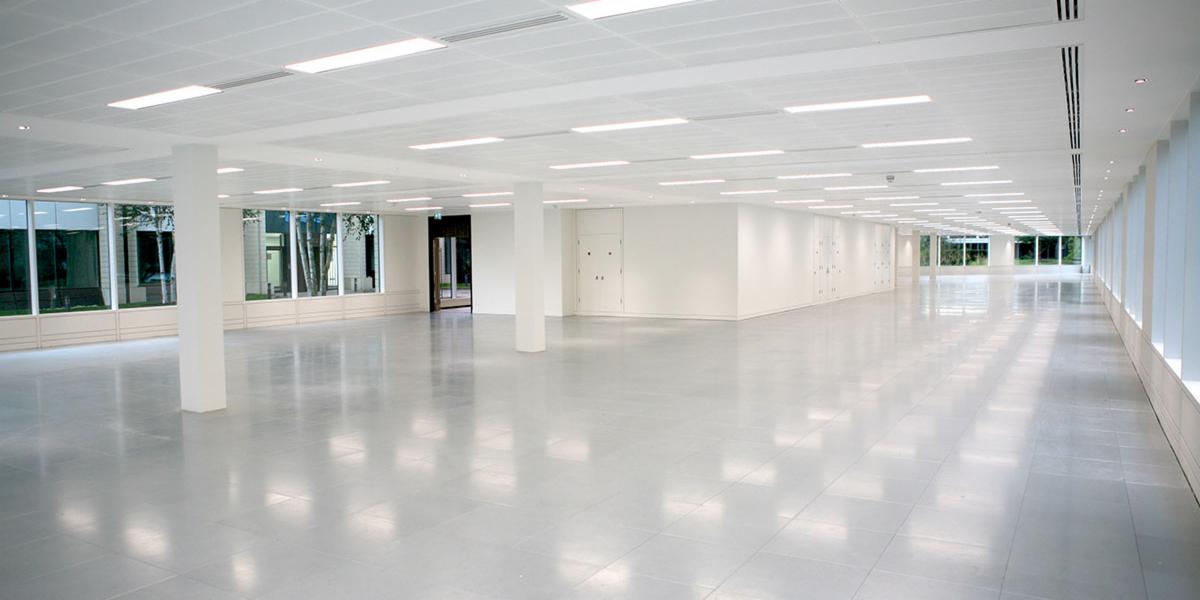Derek Jones, managing director, pre-contracts, for Bulb Interiors & Laboratories, considers how the property industry can learn from the scientific community to be ready to support the new world.
‘We are following the science’ has become one of the best used phrases in the media over recent months.
We acknowledge that scientists are then quick to point out that the use of such a phrase only demonstrates a person’s lack of understanding of the fundamental nature of science.
‘Follow the science’ does however seem a reasonable recommendation to property professionals as they strive to become key players in the scientific market and gain benefit from the huge levels of investment being made.
At Bulb Laboratories we design and fit out new and existing buildings generally as (bio safety categories) Containment Level 2 or Containment Level 3 laboratories.
Many of the buildings were either never originally intended for use as laboratories or they are modern ‘warehouse’ type buildings providing a blank canvas.
For many landlords we provide advice on the capability of a building to meet a client need or assist the tenant directly in making a building choice.
The current lockdown has given us all more quality time to listen to online discussions and read articles relating to the ambitions of the property sector. It is, however, apparent that most discussions still focus on bemoaning the lack of suitable buildings available and use the tried and tested, even age-old property handbooks, for attracting tenants and identifying what the built form might be. The conversations are all about buildings.
Fundamental to Bulb’s advice is that we insist on talking about science NOT buildings. Our aim is to bridge the gap in understanding between science and construction.
It is crucial to understand the ambition of the laboratory user, both in the short and longer term. Most laboratory users will provide an excellent background to the field within which they are operating and the typical processes used in each laboratory. The challenge then comes in developing that into a compliant workflow and identifying the implications this will have on the building and its operation.
Even once that is achieved, we have a duty to not stop there and to consider what the future might bring. Ask ‘where will the science lead you?’
We are all familiar with the exciting journey new start-up companies take; leaving the University having achieved research funding with further funding on the horizon to develop the product for manufacture or future development.
Our experience in the local market has seen numerous companies acquire space which is appropriate on start-up only to then fall well short once the implications of the company’s growth are identified.
The gap in understanding is glaring with several high-profile buildings, even some marketed for laboratory use, still running into difficulty later.
At Bulb, the secret of every project success is to have gained both a full understanding of the business brief AND a detailed design knowledge of every aspect of the workflow.
Most tenants will still encounter the reactive ‘tell us what you want’ contractor approach justifiably providing a competitive price and delivering only what is asked for.
Our alternative approach clearly demonstrates significantly greater value in identifying a long-term property solution AND even better, a fit out so accurately delivered, it is right first time with the option of building in flexibility for when you ‘follow the science’.
Many landlords and major occupiers have building stock under-utilised that was never intended for laboratory use. A relatively simple appraisal of such a building, undertaken of course with a scientific understanding, could reveal many more suitable buildings that already exist. Clearly there may be limitations on use but not necessarily prohibitive to basic Containment Level 2 use.
Given the potential for even greater short-term demand for laboratory space it is vital that the traditional approach to building selection is reconsidered. By bridging the gap between the science and property sectors, we could find the route to the UK’s future success.









